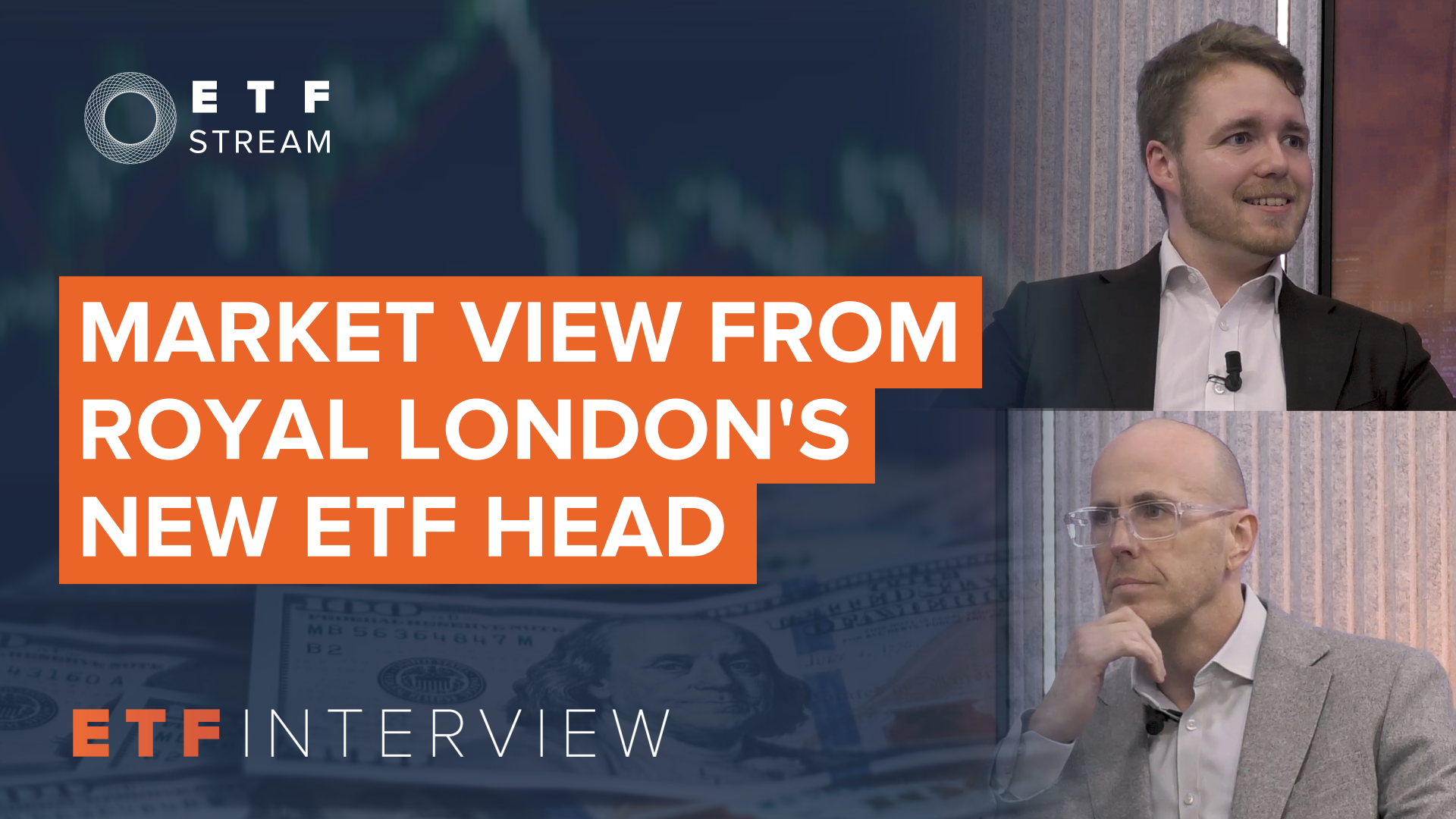A major mindset change will be needed for older German IFAs to embrace ETFs if the wrapper is to gain wider traction among clients, according to Frank Huttel, co-founder of vividam, the robo-advisor of FiNet Asset Management.
Germany remains Europe’s largest ETF market, with a portion of this driven by the popularity of savings plans among younger retail investors, but entrenched habits among older financial advisers have kept ETF adoption flat within this segment.
“[ETF adoption] is coming,” Huttel said, “But it is still a slow burn.”
According to Huttel, ETF usage among German IFAs is still “very limited” and heavily influenced by age.
“A typical IFA in our network is around 55 to 60 years old, so more of the older generation,” he told ETF Stream.
“They are still mostly using conventional active funds.”
On top of this, Huttel pointed to the current fee model as another entrenched barrier to ETF adoption.
Many older advisers still receive kickbacks from the active funds they recommend, which makes the switch to ETFs commercially difficult.
“A lot of them are getting their income through kickbacks,” Huttel said. “Going to a client after 10 years and saying, ‘Well, now I would like to charge you a service fee of 1% per year and we will switch to ETFs’, that just does not happen very often.”
Platform limitations
Even those who are open to change often face technical barriers. Trading ETFs requires adequate platform access, something Huttel noted is far from guaranteed in Germany.
“If you have a ‘normal’ platform, your range of ETFs is limited,” he said. “You can not trade everything on-exchange, and the platforms are often slow to add new products. The market is moving so fast, new ETFs are launching all the time and the platforms are trying to keep up.”
In addition, older IFAs are often reluctant to overhaul their long-standing fund selections, especially if they are already thinking about winding down or selling their business.
“They have known their products for a while and they do not want change,” Huttel said. “As they approach their 60s, they are thinking of selling the business, not reshaping it.”
Bewildered by choice
The overwhelming volume of product launches, particularly in niche areas, might be acting more as a deterrent than a draw to German IFAs, according to Huttel.
“There are so many ETFs now - physical, synthetic, hedged, unhedged,” Huttel said. “It’s not easy to find the right one, especially if you don’t have the tools. Some people just say, ‘Okay, I give up.’”
“You can launch an ETF in Ireland in as little as five days, it is that fast. But there are so many niche products that may disappear within six months if nobody wants them,” he added.
Huttel's approach is to stick with broad-based exposures and ETFs with long track records and proven liquidity.
“I’m using the normal ETFs, plain vanilla products, the ones that have been on the market for a while and have assets under management,” he said.
“I’m not chasing the niche [ETFs]. I’m still watching the active ETFs, but I’d rather be the second or third mover, not the first. Moving too fast can be costly sometimes.”
Savings plans not a threat
Finally, Germany’s booming ETF savings plan market, which are popular among younger retail investors, has prompted questions about whether it threatens the traditional role of active-focused wealth managers.
“We need to get past this active versus passive divide,” Huttel said.
“I was asked recently about the whole active versus passive debate, but I think it’s the wrong discussion. There is no such thing as truly passive investing, every decision is active.
“If you decide to allocate a certain per cent bonds and a certain per cent equities, that is an active choice. In the end, you have to use the product that best fits the strategy and is as cheap as possible for the client.”



